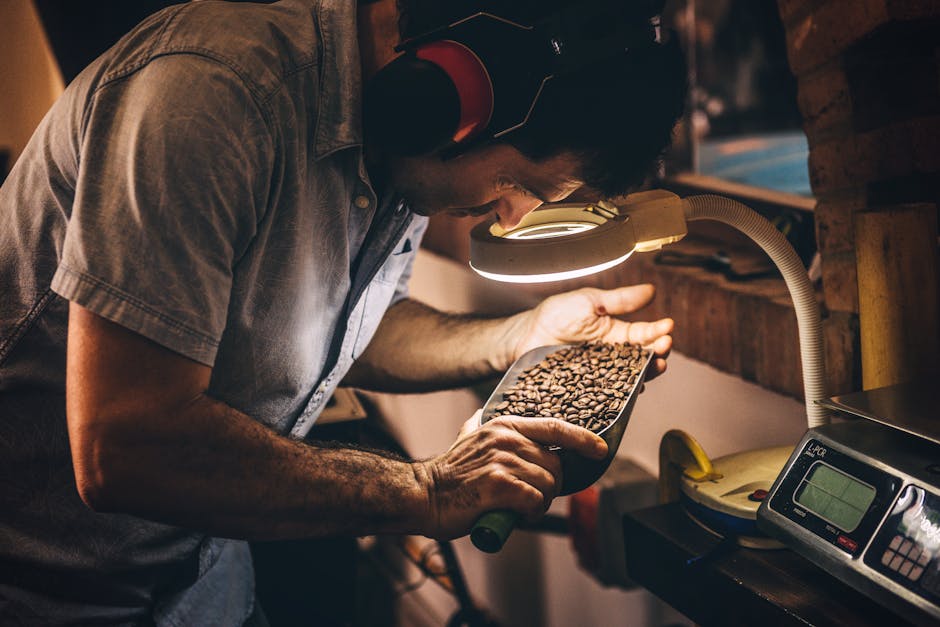How is an Exotic Coffee Collection Curated?
Ever wondered how that mesmerizing exotic coffee collection in your favorite café came to be? It's an art and a science, blending tradition with innovation.

Identifying Unique Coffee Origins
The journey of curating an exotic coffee collection begins with exploring the globe for unique origins. Countries like Ethiopia, Colombia, and Guatemala are renowned for their distinctive coffee flavors, shaped by their climate and soil conditions. Curators often embark on expeditions to these remote locations, seeking out beans that offer a one-of-a-kind taste experience.
During these travels, curators meet with local farmers to understand their harvesting methods, which play a critical role in the flavor of the coffee. They look for beans grown in ideal conditions, with the right altitude and soil quality, ensuring the coffee's unique characteristics are preserved.
This exploration is not just about geography; it's about discovering the stories behind the beans. Each origin offers a distinct narrative, a piece of the world's diverse cultures and traditions expressed through coffee.
Selecting Coffee Based on Flavor Profiles
Once potential origins are identified, the next step is selecting coffee based on intricate flavor profiles. Curators engage in extensive tasting sessions, known as cuppings, to meticulously analyze each sample.
They assess a wide range of characteristics: acidity, body, sweetness, and aftertaste, among others. It’s a sensory journey to discern which beans have the perfect complexity and balance, making them worthy of the collection.
Special attention is given to those that present unique flavors, such as floral, fruity, or nutty notes. These distinctive profiles are what make the exotic coffee collection stand out, offering a palette of tastes that challenge and delight the coffee aficionado.
Considering the Processing Methods
The method by which coffee is processed significantly influences its taste. Whether it’s wash-processed, dry-processed, or honey-processed, each technique impacts the flavor profile of the final product.
Curators delve into the specifics of these processes, preferring methods that best accentuate the coffee’s intrinsic qualities. The choice is critical in ensuring that the exotic collection reflects a wide array of tastes and aromas.
Assessing Coffee Quality and Consistency
Quality control is paramount in curating an exotic coffee collection. This involves rigorous testing to guarantee that each batch meets high standards of excellence.
Curators also assess the consistency of the coffee, ensuring that each bag or batch offers the same exceptional experience. This is crucial for maintaining the trust and satisfaction of customers who expect the best from their exotic coffee.
Building Relationships with Producers
Strong relationships with coffee producers are at the heart of curating an exotic collection. These partnerships are built on respect, fairness, and a mutual commitment to quality.
Through these relationships, curators not only ensure access to the best beans but also contribute to the sustainability and well-being of the farming communities. It's a collaboration that enriches the coffee collection with ethics and authenticity.
Educating Customers About the Collection
Educating customers about the exotic coffee collection is as important as curating it. This includes sharing the origin stories, processing methods, and flavor profiles of each selection.
Through tastings, workshops, and storytelling, curators can impart their passion and knowledge, enhancing the customers' appreciation and enjoyment of the coffee. It turns every cup into an educational and sensory experience.
The Journey in Every Cup
Curating an exotic coffee collection isn't just about selecting the best beans; it's a journey that involves deep understanding, relationships, and education. It’s a commitment to quality, diversity, and the stories behind each cup. Next time you savor a cup of exotic coffee, remember the meticulous process it underwent to reach your palate.

